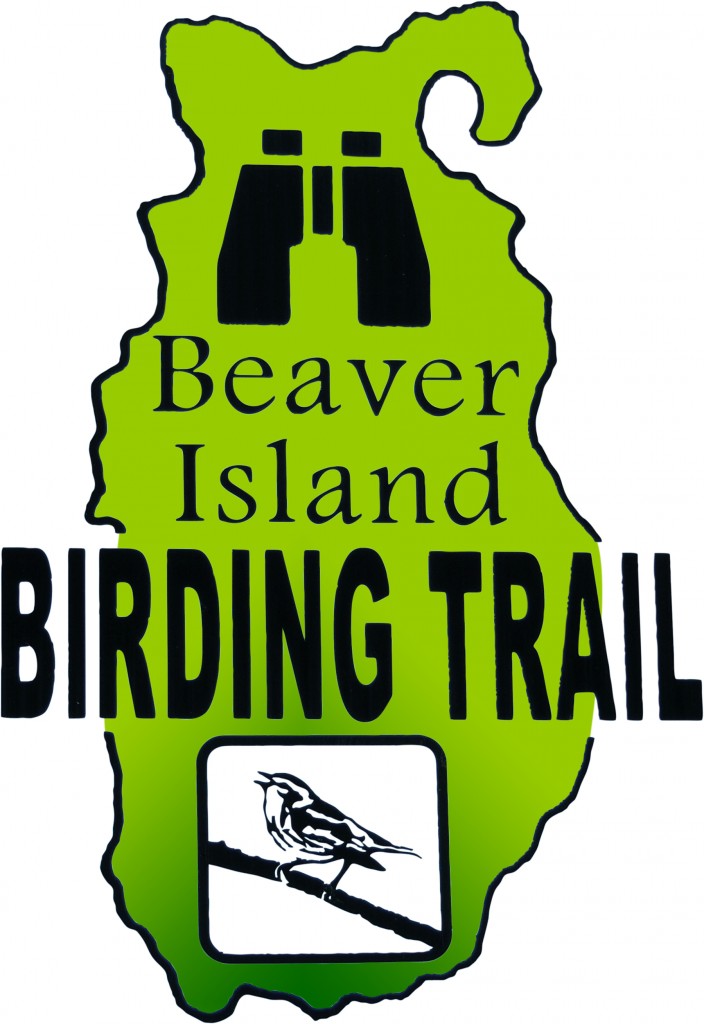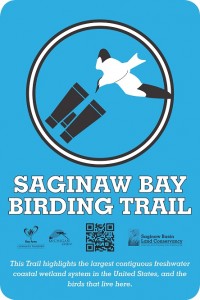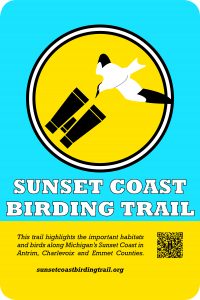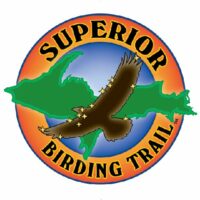Michigan’s Birding Trail Network
Birding trails offer birders, naturalists, and eco-tourists opportunities to explore diverse habitats near home and across the state of Michigan. Birding trails are typically driving routes linking prime birding locations. The growth of birding trails combines Michigan residents’ and visitors’ passion for birding and love of the open road, creating new opportunities for connecting birds and people.
Communities across Michigan are recognizing birding as an economic driver. The US Fish and Wildlife Service indicates that wildlife-watching generates a billion dollars of economic activity in Michigan every year. Michigan’s grassroots-driven birding trails are a demonstration of the commitment of citizens, businesses, non-profit organizations, and agencies to preserving natural resources and promoting bird appreciation.
Formal birding trails are still relatively new in Michigan. The Sleeping Bear Birding Trail debuted in 2013, sparking trail development elsewhere in the state. Some trails are marked by signs at each site, while others, such as the Superior Birding Trail in the Upper Peninsula, exist only in web or brochure format.
The construction, promotion, and development of Michigan’s birding trails is supported by varying sources of funding. Michigan Audubon provides in-kind support to all of the state’s birding trails. Please visit each of the trail websites to plan your next adventure, and be sure to thank each sponsor if you can.
Contact Michigan Audubon, at birds@michiganaudubon.org for more information on how to get involved, learn more, and even start your own birding trail!
Click on the following birding trail projects to learn more:






 Michigan’s Sleeping Bear Birding Trail (“SBBT”) spans an exceptional migratory flyway and thousands of public acres along the Lake Michigan coastline. The Trail is home to the Piping Plover, an endangered shorebird that needs vast stretches of undisturbed beach. The Trail is anchored by Sleeping Bear Dunes National Lakeshore, a National Park and an Important Bird Area (“IBA”) with 71,000 acres of public land and 35 miles of beaches. The length of the Trail covers all 123 miles of Michigan Highway M-22 which runs from Manistee on the southern end to Traverse City at the north terminus. Michigan Audubon’s Lake Bluff Bird Sanctuary is the southern terminus.
Michigan’s Sleeping Bear Birding Trail (“SBBT”) spans an exceptional migratory flyway and thousands of public acres along the Lake Michigan coastline. The Trail is home to the Piping Plover, an endangered shorebird that needs vast stretches of undisturbed beach. The Trail is anchored by Sleeping Bear Dunes National Lakeshore, a National Park and an Important Bird Area (“IBA”) with 71,000 acres of public land and 35 miles of beaches. The length of the Trail covers all 123 miles of Michigan Highway M-22 which runs from Manistee on the southern end to Traverse City at the north terminus. Michigan Audubon’s Lake Bluff Bird Sanctuary is the southern terminus.

